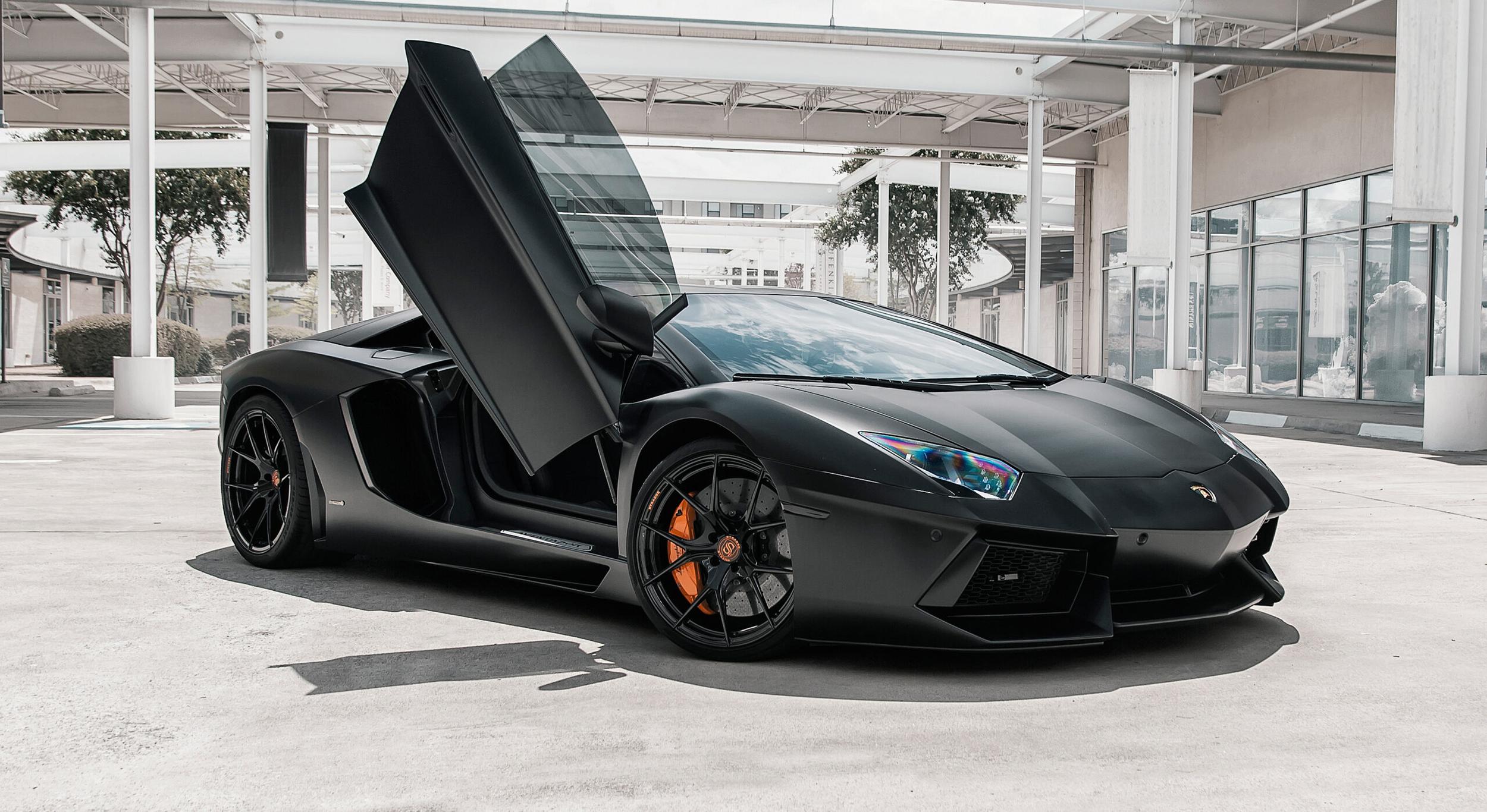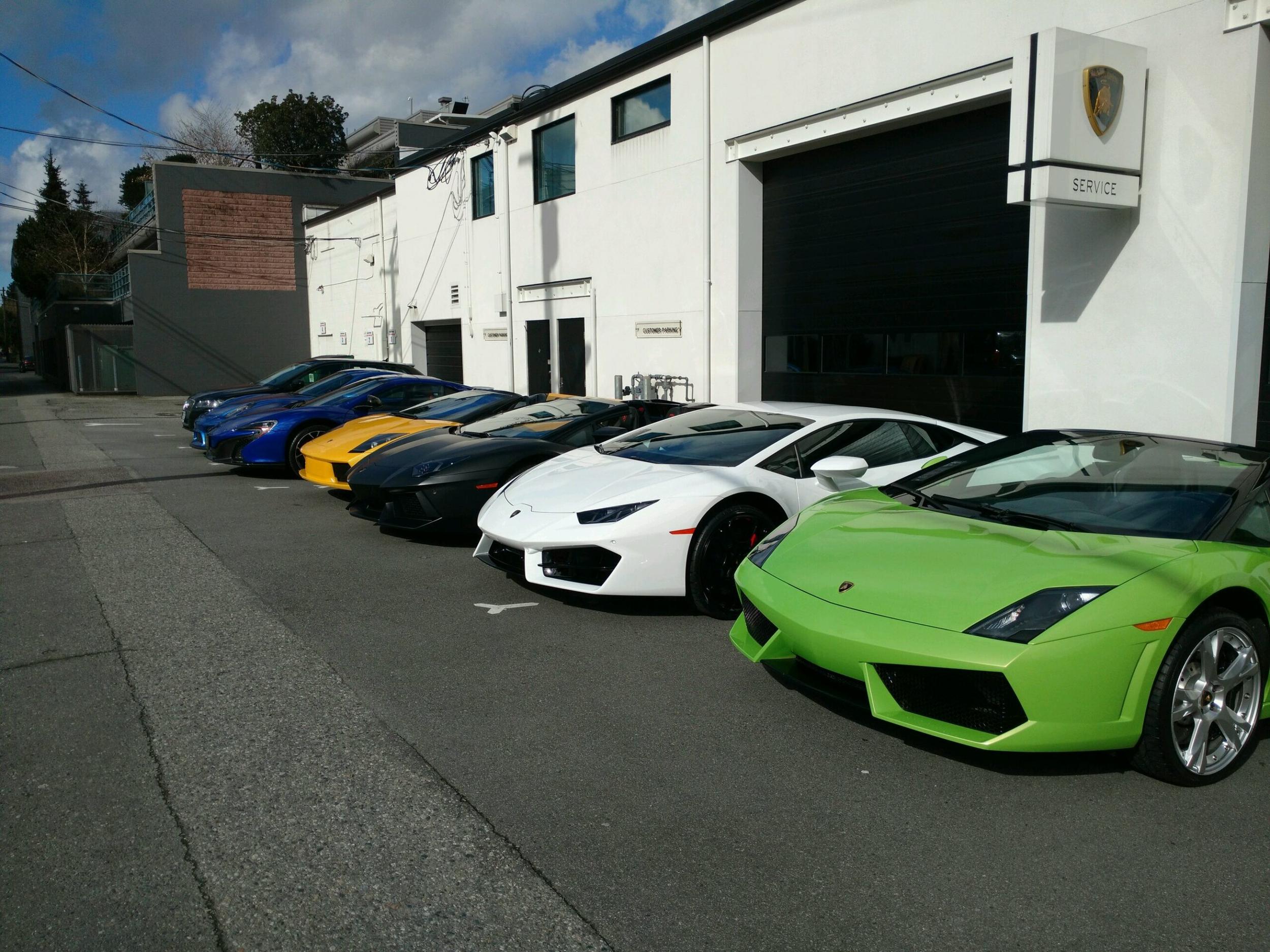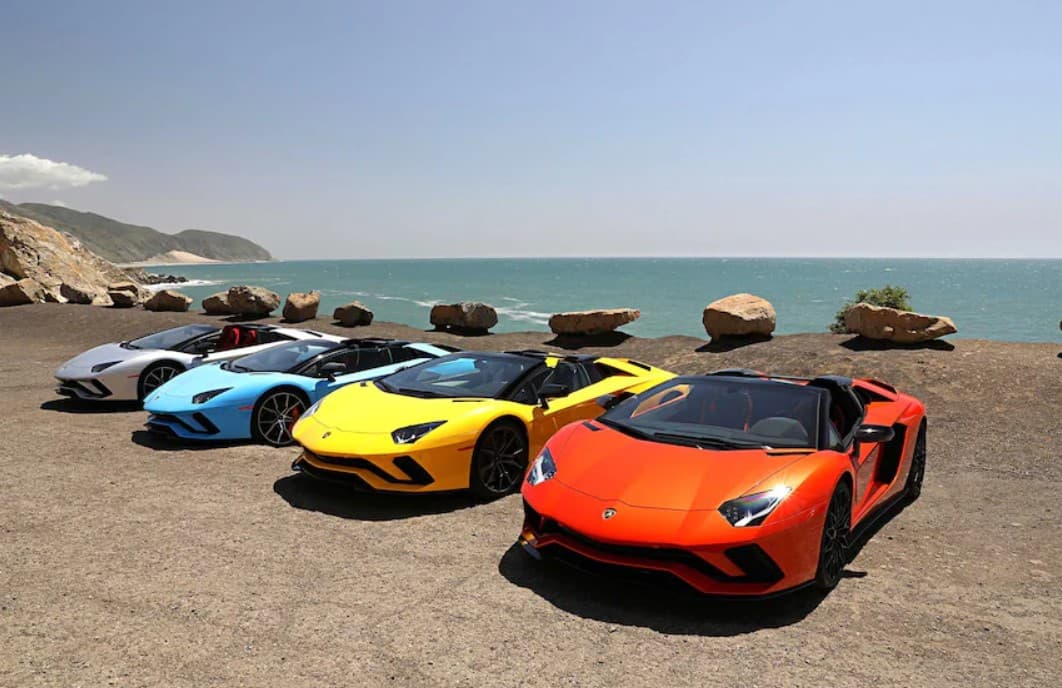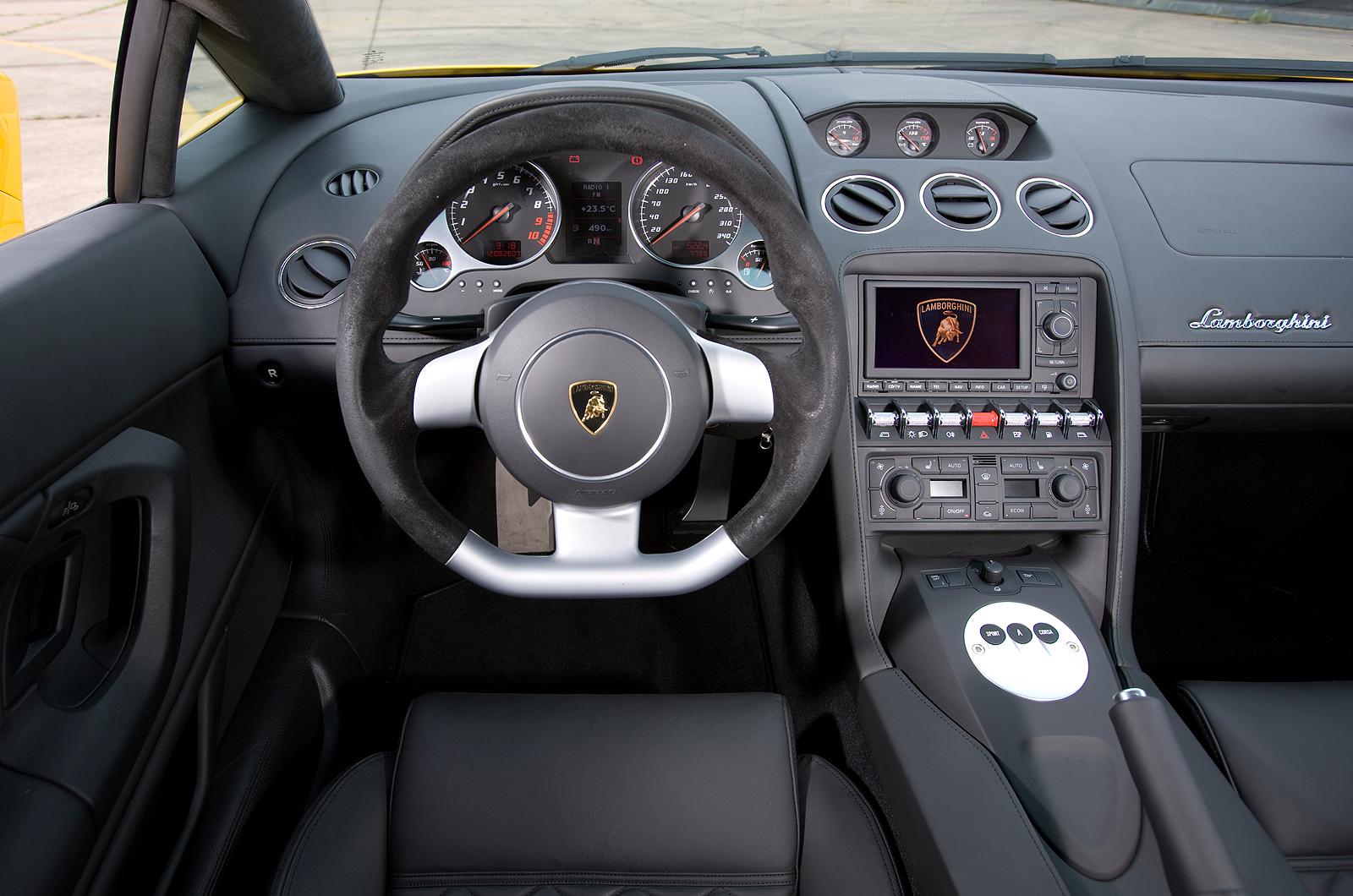There is something special about owning a Lamborghini, and it’s not just about the fact that it is one of the most prominent supercar brands out there. Within the car community, the car’s logo – a raging bull – is synonymous with a commanding presence and raw, unadulterated performance. That combination is something the carmaker has perfected over the years, with the recipe served up in the V8, V10 or the flagship V12 engine configuration.
Starting the ownership journey
Via Car Throttle
As with any supercar, buying a Lamborghini is a decision that should not be taken lightly, regardless of whether it’s the first one or another Lambo addition to the collection. Here, we will consider a few specific touchpoints that should help take the stress out of a purchase deal and make the buyer’s journey to ownership a pleasant experience.
Vehicle history
Once a buyer has identified the Lamborghini of interest, scrutiny of the ownership records should be the next logical step. The only exception, of course, is if the car in question is brand-new with delivery mileage. Exploring a vehicle’s history can be location-dependent. For example, you can use online tools to run an MOT history check in the UK, where road tests are required for the vehicle to be classified as roadworthy. This contrasts with North America, where this practice is not as commonplace.
Other aspects of the vehicle history include the maintenance records, serial number checks and factory records. These elements combine and help the buyer determine the exact condition of the supercar. The importance of a vehicle’s records cannot be overemphasized. Among other things, it will reveal if the Lamborghini has been involved in an accident, the frequency of service or how many previous owners the car has had. A proper examination of the vehicle history can be the difference between buying a Lamborghini in excellent condition or ending up with a lemon.
The colour option
Via Motortrend
On the surface, this may seem like a trivial consideration. However, it’s anything but that. Studies have shown that colours can help move the resale value in the right direction – think of a yellow Lamborghini Urus or purple Huracan. The colour choice is critical for the buyer who is considering selling off the Lamborghini after a period of ownership. The other angle to this is for non-monetary reasons. A Lamborghini, regardless of the model, is not cheap, and you might as well spring for the colour that speaks most to your personality and preference. Driving a Lamborghini, especially one in your desired colour, is all part of the experience.
Dual-clutch or single-clutch transmission
Via Car and Driver
If you are thinking of a Lamborghini SUV, then you are pretty much stuck with the Urus, offered with an 8-speed longitudinal transmission. However, the choice of a dual-clutch or single-clutch gearbox comes into play in deciding between the modern Lamborghini supercar offerings. Huracan models are equipped with a 7-speed dual-clutch transmission. It shifts extremely quickly, but its weight is a drawback. On the other hand, Lamborghini has stuck with the aging single-clutch formula for the Aventador. It might be a turn-off for some buyers, but then only the Aventadors get the big V12 powerplant – an engine unit with unmatched drama and power.
A decision on the transmission type remains a factor even if you are checking out older Lamborghini models like the Gallardo or Murcielago. It may give you an idea of future maintenance, repair costs, or the driving experience to expect.
Condition of the Interior
Via Autocar
Do not get carried away by your Lamborghini’s exterior colour or condition. The car’s interior should also be examined thoroughly; bring an extra pair of eyes where possible. Lamborghini will often use parts from Audi, its sister company. Watch out for plasticky bits on buttons or knob controls, as they tend to wear out fast and can be expensive to replace. Also, be wary of interior trimmings and seats covered in Alcantara. It is commonly used in modern supercars for reasons such as aesthetics or ease of maintenance. However, they can also wear out quickly, especially when used on high-contact surfaces.
Inspect the underside of the car
There are a couple of reasons why it’s crucial to inspect the underside of the Lamborghini. This is especially true for the low-slung models like the Gallardo, Murcielago, Huaracan and the Aventador. First, the older models did not have a lift system, and it’s pretty easy for an inexperienced driver to scratch the front bumper and underside against speed bumps or other obstacles. Even modern Lamborghinis with lift systems can still be tricky to navigate over road bumps or potholes. Apart from checking for possible damage to the front underside area, the rear should be thoroughly inspected as well. Remove the undertray and look out for potential leaks from the engine bay. Check that the engine parts are well oiled; it’s another indication of how well the car is being kept.
Don’t forget the brakes
Lamborghinis are powerful machines that require a lot of stopping power. Therefore, it follows that the condition of the brakes should be ascertained as part of the buying process. Most modern Lambos come with carbon-ceramic brakes as standard. They need less braking distance than their cast-iron or steel counterparts. They are also lightweight and can last for longer periods. However, they are quite expensive to replace, and the prospective Lamborghini buyer can easily land on the wrong side of a hefty repair bill if this detail is overlooked.
Tire quality matters too
Similarly, the tires on the Lamborghini should be checked to determine their condition and roadworthiness. Tires are usually stamped with the manufacture date, making it relatively easy to see how old they are. It is generally believed that tires should be replaced after every 3 – 5 years. Worn treads or dry rotting (tiny cracks on the sides of the tires) are an immediate red flag for the buyer.
Making the right choice
Via Auto Express
In the end, finding the right Lamborghini vehicle boils down to examining all the available options and narrowing down your choices to find the most suitable one. Yes, there is still a chance of making an error with the final selection, as with any buying decision. However, sticking to the guidelines discussed earlier can significantly help avoid curveballs and reduce the risk of ending up with a defective Lamborghini.








